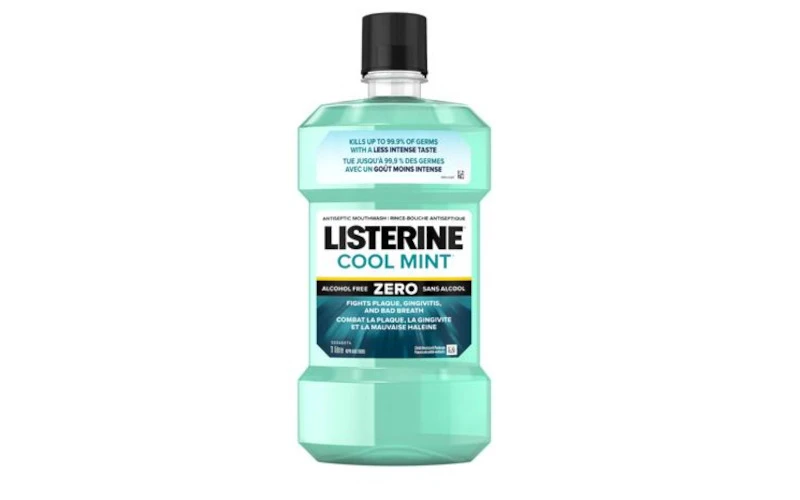WHAT CAUSES PLAQUE?
Our saliva can allow bacteria to stick to the surface of our teeth forming plaque. When we eat, the bacteria in plaque use the food as energy and grow and multiply. Left unchecked this can lead to oral health problems, from unpleasant breath to tooth decay (cavities) to gingivitis.2
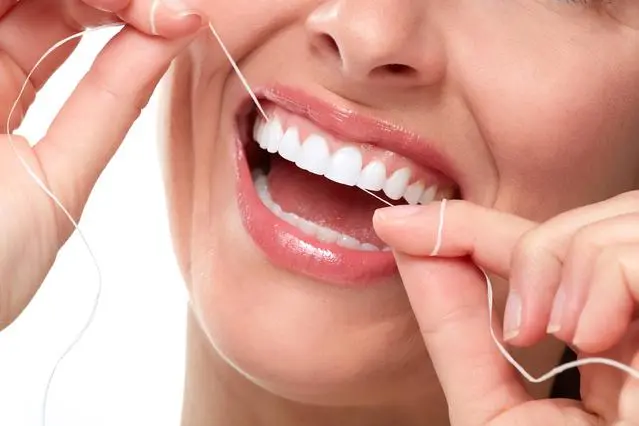
WHAT DOES PLAQUE LOOK LIKE?
You may not always see the plaque on your teeth. The most common way to notice plaque is when you feel a fuzzy or grimy buildup of plaque on your teeth. Gum problems related to plaque buildup can include gums that are red, inflamed, or easily bleed when you brush or floss.3
When you allow the buildup of plaque on teeth you can develop a gum disease known as gingivitis. Gingivitis is reversible, but if left untreated it can progress into periodontitis which is not reversible. Learn how plaque and other factors can lead to gingivitis and more advanced forms of gum disease.
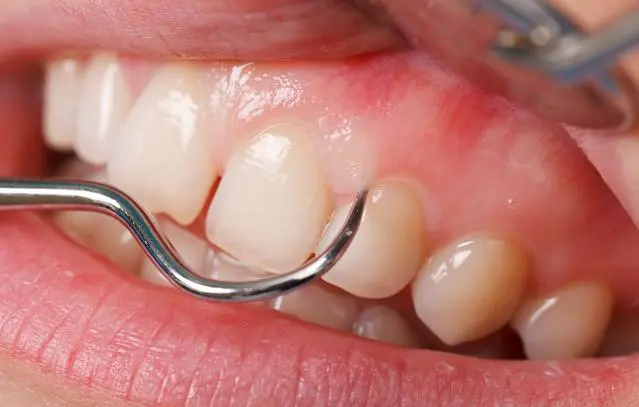
WHAT IS TARTAR?
Tartar is hardened plaque. It gradually forms as plaque absorbs minerals from your saliva. Clinically, plaque will begin to show up on your teeth within 24 hours of removal. Tartar forms from the plaque that was missed during brushing and flossing.
When it comes to cleaning, tartar must be removed by dental professionals. Since plaque is much softer, it can be controlled at home, with effective brushing, flossing, and using an antiseptic mouthwash. Removing plaque regularly helps to prevent tartar from forming.

HOW TO PREVENT PLAQUE
There are several ways to prevent plaque:
Limit or Avoid Certain Foods
Talk to your dentist, hygienist, or healthcare professional about what a healthy diet looks like for you and your mouth. Typically, they will suggest limiting sticky, sugar-filled foods like candies and syrup and may suggest chewing sugarless gum after meals to help increase saliva flow and wash out food from your teeth.4
Be Consistent With Your Oral Hygiene
Prevent plaque buildup by brushing your teeth twice daily with a fluoride toothpaste and flossing once each day.2
Use an Antiseptic Mouthwash
Even after brushing and flossing, there are still plaque-causing germs in your mouth. An antiseptic mouthwash can kill germs in areas difficult to reach with a toothbrush or floss. Using an antiseptic mouthwash after brushing has been shown to be more effective at controlling and preventing plaque buildup than brushing and flossing alone.5
If you need tartar control, LISTERINE® ULTRACLEAN® may be the right product for you. It cleans deeper than brushing and flossing alone while fighting tartar buildup and killing up to 99.9% of germs that cause bad breath, plaque, and gingivitis.
KEEP PLAQUE UNDER CONTROL IN 3 STEPS
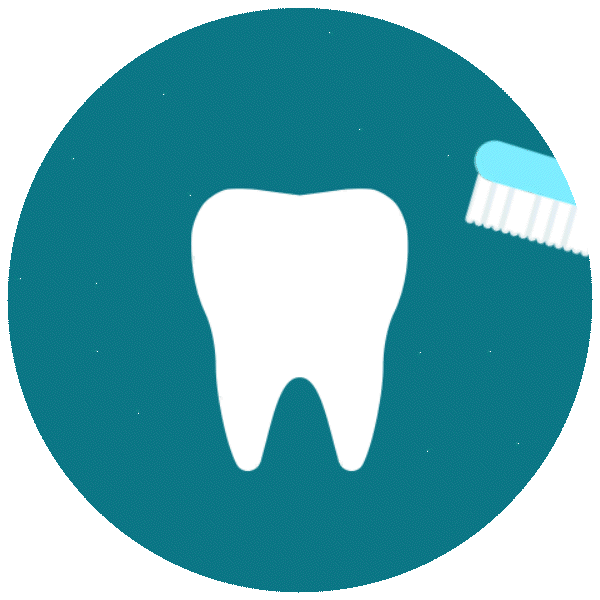
BRUSH
Brush twice daily to remove food particles that feed the bacteria that cause plaque. The polishing will help prevent or reduce staining.

FLOSS
Clean between your teeth with dental floss or another interdental cleaner, as recommended by your dentist or hygienist to get rid of plaque and food debris between your teeth.
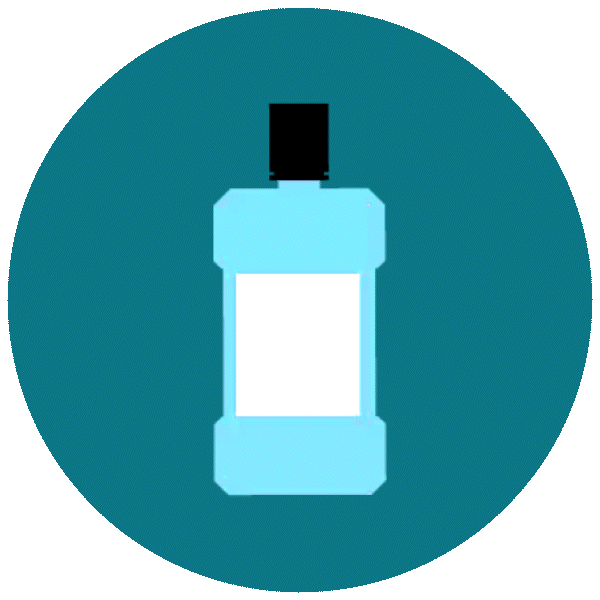
LISTERINE®
Rinse with an antiseptic mouthwash after brushing and flossing to kill plaque-causing germs missed when brushing and flossing.
While you won’t be able to get rid of all dental plaque completely, a proper oral hygiene routine can be very effective in preventing plaque from accumulating on your teeth. Go for a professional cleaning and ask your dentist how many cleanings per year they recommend based on your situation.3
